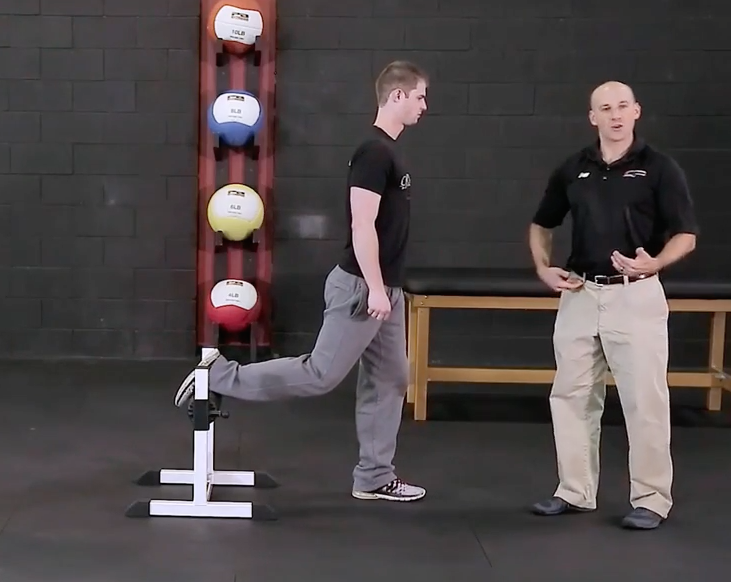
Random Thoughts on Sports Performance Training – Installment 23
It’s time for the October edition of this sports performance training series. I’ve been doing a lot of early off-season evaluations for pro guys, so a lot of conversations and assessments on that front are at the top of my mind.
1. Communication can be good and bad.
One of the biggest complaints I hear from professional athletes about their “employing” organizations is that the communication isn’t good. They get mixed messages from different coaches and don’t know where they stand on a variety of things. More than any of the amenities they could request, they really just want everyone to be on the same page and for the plan of attack to be related to them – and with frequent updates.
Interestingly, though, in the gym, athletes (especially more advanced athletes) usually want you to communicate less. They need clear, concise coaching cues so that you don’t overwhelm them or kill the training environment with “nit-picking.” Too much communication can actually be just as problematic as too little.
If you look at the typical training session for one of our athletes, I think you’d find that 80% of all the words spoken occur during the arrival, warm-up, and post-training cooldown periods. During the training session, it’s time to get after it. Those 20% of words are implemented tactfully.
2. Many athletes don’t have “clean” hip extension – and your exercise selection should reflect that.
Around this time last year, I posted this video of an MLB pitcher who was just starting up with us:
After seeing quite a few guys who look like this, it’s really made me reconsider whether going directly to a Bulgarian split squat (rear-foot-elevated split squat) in these guys is a good bet in the early stages of the offseason. This exercise requires a lot of not only hip extension range of motion, but also the core stability to make sure that ROM is actually used (the concept of relative stiffness in action). This is something we touched on on in Mike Reinold and my recent release, Functional Stability Training: Optimizing Movement.
With all this in mind, I’ve been using more regular split squats – which require less hip extension range-of-motion – in the first month of the offseason for even some of our advanced guys as they work to reestablish cleaner lumbopelvic movement strategies in the early off-season. That said, regular split squats can be a little harder on the trailing leg toes than the rear-foot-elevated version, so individualization (as always) is super important.
3. Sometimes, efficient transfer of force – and not joint-specific coaching – delivers the good positions for which you’re looking.
I’ve often written about how we have both specific and general assessments in our training arsenal, but it’s actually somewhat of a continuum. Specific assessments would be more along the lines of classic joint range-of-motion measurements. Shoulder abduction or flexion would be slightly more general, as these screens involve multiple joints. Finally, an overhead squat, overhead lunge walk, or push-up would all be very general screens that look at multiple joints and help to evaluate how well an athlete transfers forces.
Interestingly, though, very often, we see coaches and rehabilitation specialists who only have specific correctives even though they utilize a load of general assessments. The goal should be to ultimately get athletes to the point that efficient movement on general tasks delivers the positions you’re hoping to safely achieve. As an example, we will use wall slide variations as part of our warm-ups to teach athletes how to get upward rotation of the scapula. A progression would be landmine press variations; usually in half-kneeling or standing:
Eventually, though, athletes are ready to “sync” these movements up in a scenario where transfer of force from the lower body up through the core and to the arm allows that upward rotation to happen.
In short, a good reminder is:
[bctt tweet=”As is the case with your assessments, your correctives should range from specific to general.”]


